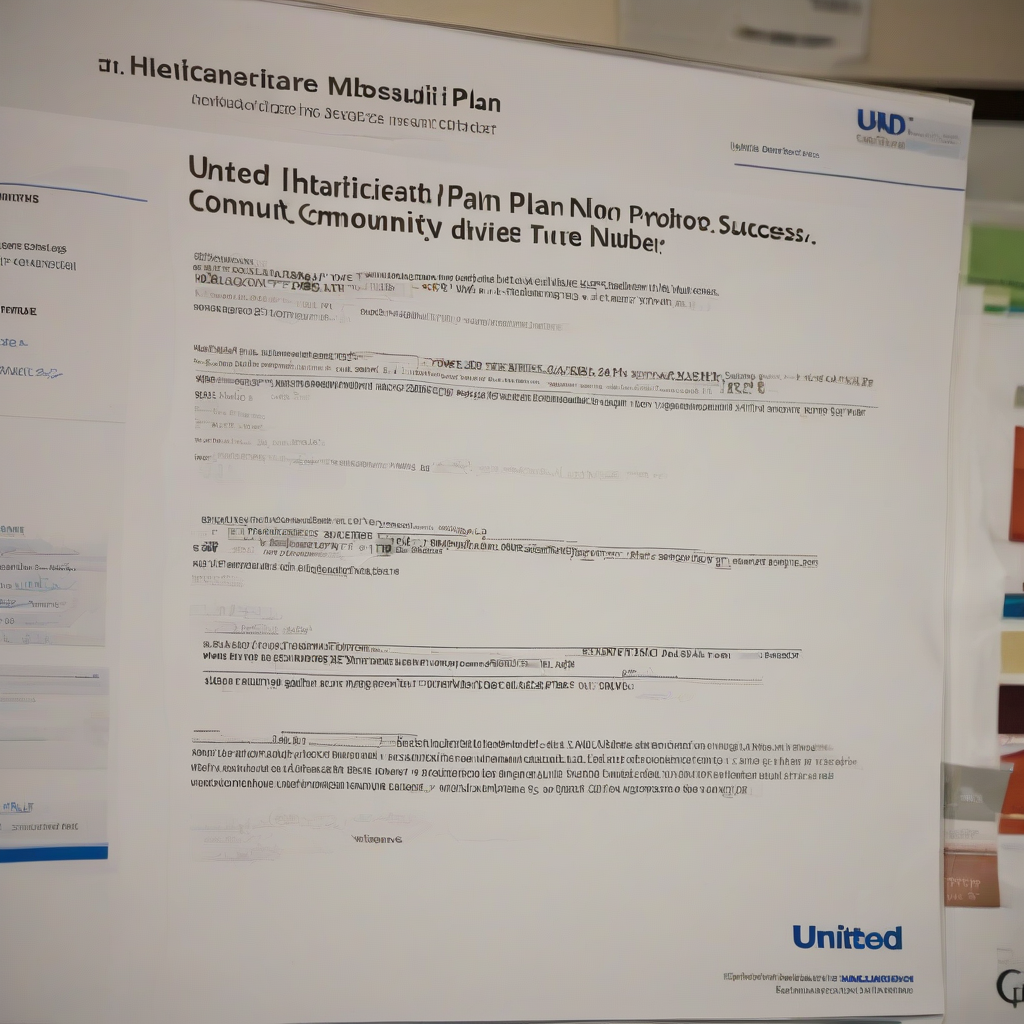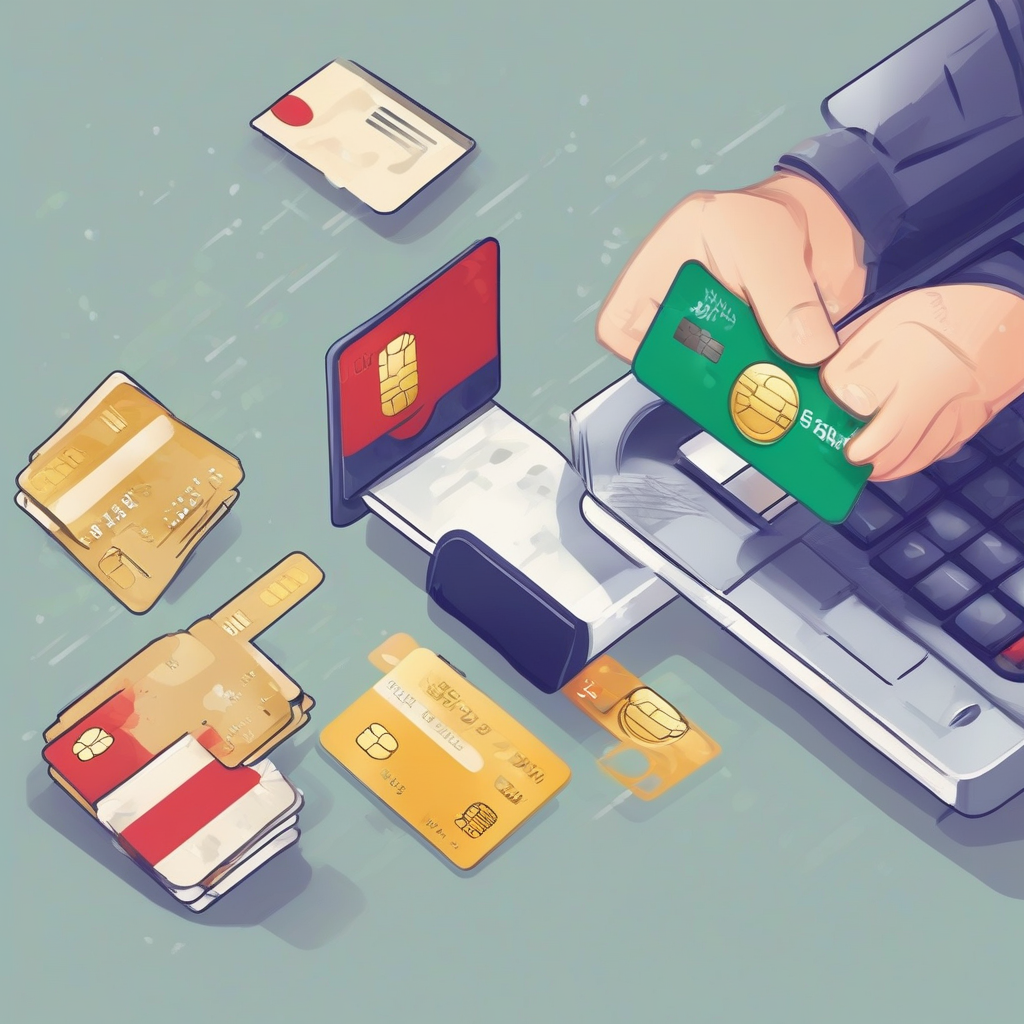Economic Debt Relief: A Comprehensive Guide to Understanding and Navigating Debt Relief Options

Economic Debt Relief: A Comprehensive Guide
Introduction
Economic debt relief encompasses a range of strategies and programs aimed at mitigating the burden of debt on individuals, businesses, and even nations. It's a multifaceted topic with implications for economic stability, social well-being, and global development. This guide will delve into the various aspects of economic debt relief, exploring its causes, types, mechanisms, and the challenges involved in implementing effective solutions.
Causes of Debt
Debt accumulation can arise from a multitude of factors, both internal and external. Understanding these causes is crucial for designing effective debt relief strategies.
- Economic Recessions and Shocks: Global economic downturns, natural disasters, and political instability can significantly impact a country's ability to generate revenue and repay its debts.
- Government Spending and Policies: Unwise fiscal policies, excessive government spending, and poorly managed infrastructure projects can lead to mounting national debt.
- Financial Speculation and Market Volatility: Speculative trading, market bubbles, and sudden financial crashes can trigger widespread debt defaults and economic crises.
- Inequality and Poverty: Extreme income inequality and widespread poverty can create a cycle of debt for individuals and communities, hindering economic growth and development.
- Lack of Access to Credit and Financial Services: Limited access to affordable credit and financial literacy can force individuals and businesses into predatory lending arrangements, leading to unsustainable debt.
- Corruption and Mismanagement: Corrupt practices and poor governance can divert resources away from development and towards enriching elites, contributing to high debt levels.
Types of Debt Relief
Economic debt relief programs are tailored to address specific debt situations and the needs of borrowers. Different types of debt relief are available, each with its own mechanisms and outcomes.
- Debt Restructuring: This involves renegotiating the terms of existing debt, such as extending repayment periods, lowering interest rates, or converting debt into equity.
- Debt Cancellation or Forgiveness: This entails the complete or partial write-off of debt obligations, often granted to developing countries facing severe economic hardship.
- Debt Swaps: These involve exchanging debt obligations for other assets, such as investments in infrastructure or environmental projects.
- Debt Buyback Programs: Governments or institutions repurchase their own debt at a discount, reducing the overall debt burden.
- Debt Relief for Individuals and Businesses: Programs like bankruptcy, debt consolidation, and consumer protection laws offer avenues for individuals and businesses to manage and reduce their debt.
Mechanisms for Debt Relief
Implementing debt relief programs requires a coordinated effort involving various stakeholders, including governments, international financial institutions, and creditors.
- International Financial Institutions (IFIs): The International Monetary Fund (IMF), World Bank, and other IFIs provide debt relief programs, policy advice, and financial assistance to developing countries.
- Multilateral Debt Relief Initiative (MDRI): This initiative, launched in 2005, provides debt relief to heavily indebted poor countries (HIPCs) by canceling their outstanding debts to the IMF, World Bank, and African Development Bank.
- Paris Club: A group of creditor nations that coordinates debt relief efforts for developing countries. The Paris Club offers various forms of debt relief, including restructuring, cancellation, and debt swaps.
- Private Creditors: Private banks, hedge funds, and other financial institutions also participate in debt relief negotiations, often seeking to protect their investments and minimize losses.
- National Governments: Governments play a crucial role in designing and implementing debt relief programs, often requiring legislative approval and coordination with other stakeholders.
Challenges and Considerations
Despite its potential benefits, economic debt relief faces a number of challenges and considerations that must be carefully addressed.
- Moral Hazard: There is a risk that debt relief can encourage irresponsible borrowing by countries or individuals, knowing that they might receive a bailout in the future.
- Transparency and Accountability: It is essential to ensure that debt relief programs are transparent and accountable, avoiding corruption and misuse of funds.
- Sustainability and Long-Term Growth: Debt relief should be part of a comprehensive strategy for sustainable economic growth, addressing underlying structural problems and promoting responsible fiscal policies.
- Equity and Fairness: Debt relief programs should be designed to ensure that the benefits are shared equitably, addressing the needs of the most vulnerable populations.
- Social Impact: Debt relief can have significant social consequences, impacting public services, education, healthcare, and poverty reduction efforts.
Conclusion
Economic debt relief is a complex and multifaceted issue with no easy solutions. It requires a balanced approach that considers the economic, social, and political implications of debt burden. Effective debt relief programs must be carefully designed and implemented, addressing the root causes of debt accumulation while promoting sustainable growth and development.
What's Your Reaction?

















